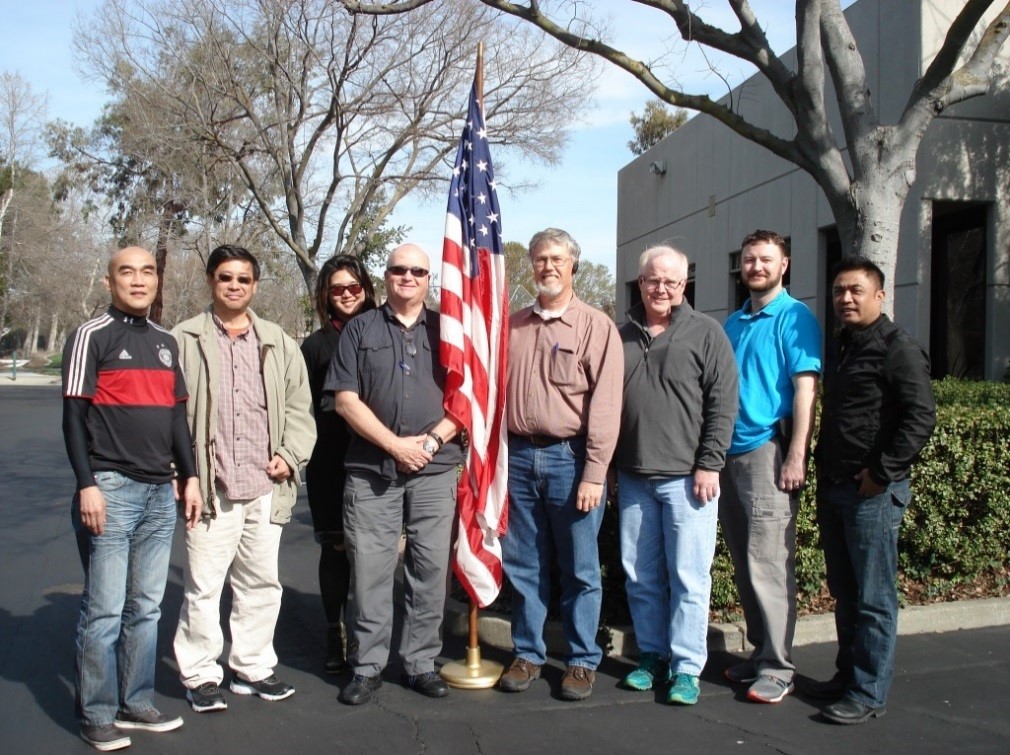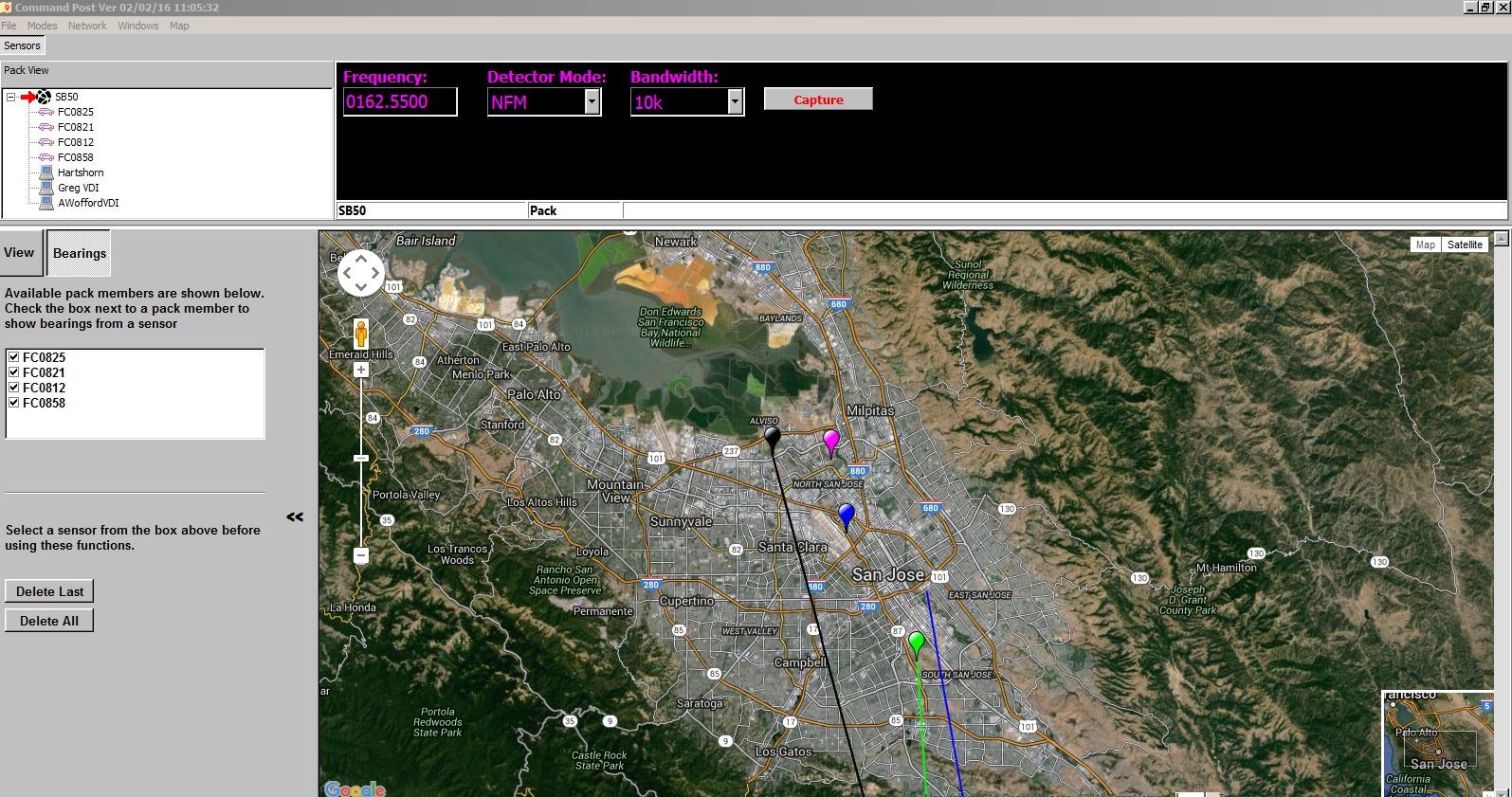The Super Bowl is the nation’s most widely watched sporting event. This year, an estimated 112 million viewers tuned into Super Bowl 50 – making it the third-highest rated TV program of all time. Whether at home or abroad, we all rely upon our local and national broadcasters to air the "big game."
A little known fact is that the Super Bowl represents one of the largest uses of wireless communications and spectrum every year. Whether in the vicinity of the stadium or streaming the game online, the wireless network traffic is immense. From television and radio broadcasters’ wireless video cameras and microphones, to wireless mics, cameras, and special effects for Lady Gaga singing the National Anthem, and Beyoncé, Coldplay, and Bruno Mars performing at halftime, and of course, the teams, fans and stadium -- all use a tremendous amount of spectrum. More than 70,000 people attended last Sunday’s game, sending photos and video of their experiences, using mobile broadband to post updates to social media, and calling and texting friends and family. During this year’s Super Bowl, according to one media report, more than 10 terabytes of data traversed the WiFi network at Levi's Stadium on Super Bowl Sunday, the equivalent of streaming 6,000+ hours of HD video. All of this places a huge demand on radio spectrum.
In situations like these, it is critical that wireless communications function effectively and adhere to the FCC's rules. It’s the job of the FCC’s Enforcement Bureau field agents to form a defensive line to ensure that no harmful or malicious interference interrupts any of these communications. FCC field agents have been quietly resolving interference issues at the Super Bowl and similar large events for years. And we did so again on Sunday.
As in previous years, the Department of Homeland Security (DHS) and the National Football League requested that the FCC provide support during events associated with Super Bowl 50. The Enforcement Bureau and the FCC’s Public Safety & Homeland Security Bureau (PSHSB) share the agency’s planning, coordination, support, and reporting responsibilities for special events. Commission staff worked for many months with DHS, the NFL, and other public safety agencies to prepare for this event. Last week, the FCC deployed a team of field agents to the Bay Area to safeguard communications networks and protect radio communications from harmful interference at the game’s various events. Field agents provided consultation, technical advice, and other on-scene support to bolster state, local, and other federal resources. Meanwhile, the PSHSB team provided remote support for the event through monitoring provided by its 24/7 Operations Center and technology support.
The on-scene FCC team of radio spectrum interference mitigation experts came from Enforcement Bureau offices in San Francisco, Los Angeles, and San Diego, and the Equipment Development Group (EDG) in Atlanta.

Caption: The SB 50 team (from left): Hiep Le, Wayne Liang, Deborah Chen, Anderson Bennett, David Hartshorn, Jim Lyon, Adam Wofford, and Louis Armada
Team members worked before, during, and after the game to resolve interference issues for all spectrum users. For example, a few days prior to the game, the NFL radio frequency coordinators – including the FCC agents – for Super Bowl 50 tested for potential interference and other problems by having all authorized transmitters turn on simultaneously. The baseline produced from this test allowed precise mapping of all known transmitters and identified several frequency incompatibility issues, which were mitigated in order to insure interference-free spectrum for the game. The baseline data ensured that sideline wireless broadcast microphones would be heard without interruption and that cellular phones were not impacted by external interference.
The Enforcement Bureau also deployed next generation monitoring and direction-finding technology for this year's Super Bowl so that field agents could more efficiently and effectively locate interference. Agents also used FCC-developed software to conduct a spectrum inventory in and around the stadium. As part of last year's Field’s Modernization Order, the Commission is making significant investments in upgrading the technology tools available to FCC field agents.
Working with colleagues in the FCC’s Information Technology Center and EDG, the Bureau has begun to equip our fleet of mobile direction-finding vehicles with secure broadband access. These connected vehicles will have the ability to connect securely to the FCC's network and to share real-time information. In the past, only the agents in the direction finding vehicle itself would have had real-time access to the geolocation information observed from their vehicle. In Super Bowl 50, our agents were able to observe the bearings from all other FCC vehicles and stations. In situations where safety of life is at risk or an imminent resolution to interference is needed, these efficiencies are not just fiscally responsible, they are critical.

Caption: Command view of direction-finding software
With connected vehicles, we can also more quickly and efficiently push out software updates to the direction-finding vehicles used by our field agents. Now, we can securely update all the vehicles automatically and perform troubleshooting remotely.
The Super Bowl 50 deployment demonstrated the success of these new technical capabilities as a result of the Commission's Field Modernization Order. These new technologies allow for better sharing of information between agents and faster interference detection and mitigation. Prior technology required time-consuming measurements and manual analysis. The new systems are force multipliers. This technology proved its worth during the game, with accurate geolocation information providing quick interference mitigation capabilities and no media or public safety downtime during the game itself.
With Super Bowl 50, the Enforcement Bureau’s dedicated field agents again protected key communications at an important national event and once again demonstrated our ability to safeguard communications when the stakes are highest. We applaud the SB 50 team for a job well done and continue to be proud of our agents in the Field who work tirelessly every day to protect the integrity of our communications systems. And, of course, we also applaud the Broncos for a game well played.